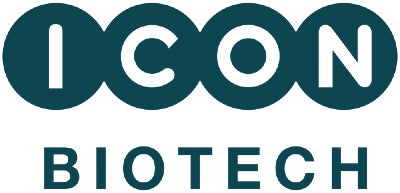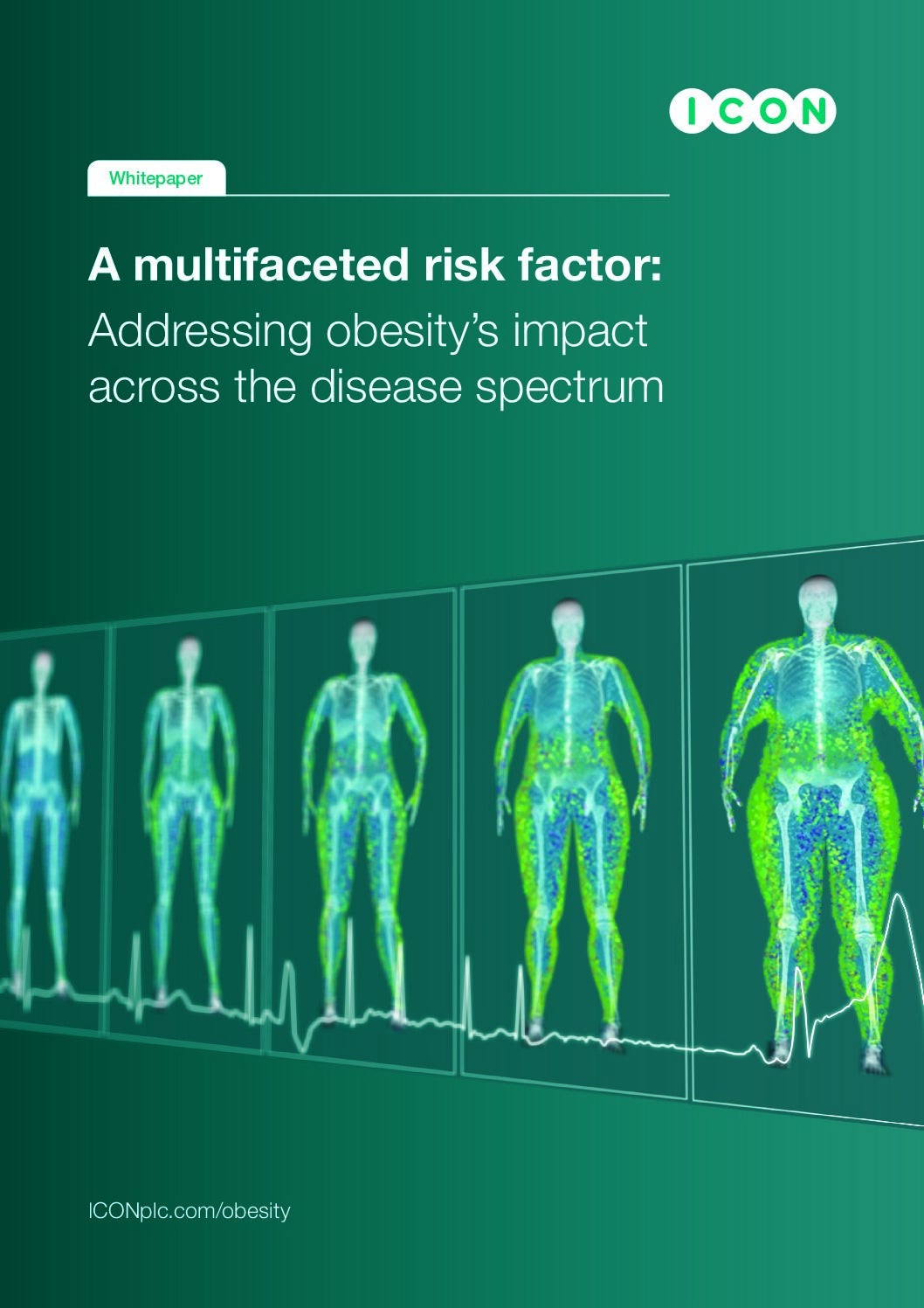
The prevalence of obesity has more than doubled since 1990, with nearly one billion people living with obesity globally in 2022. Obesity raises risks for several health issues, including serious liver complications. Specifically, metabolic-dysfunction associated steatotic liver disease (MASLD) and its more severe form, metabolic-dysfunction associated steatohepatitis (MASH), commonly develop in obese individuals, correlating with the degree of obesity.
Obesity’s role in liver disease progression
For individuals with both obesity and type 2 diabetes, the prevalence of MASLD, MASH and cirrhosis is notably higher. Additionally, obesity is an independent risk factor for hepatocellular carcinoma (HCC), a liver cancer with increased risk and mortality rates among obese individuals.
Obesity-driven metabolic changes, such as insulin resistance and lipotoxicity, contribute to liver damage, creating a pathway from MASLD to MASH and ultimately increasing the risk of HCC.
The importance of weight loss for liver health
Achieving and maintaining weight loss is critical to managing the hepatic complications associated with obesity. Studies indicate that sustained weight loss of 5-7% can improve hepatic steatosis and reduce liver inflammation, significantly benefiting patients with MASLD and MASH. However, to reverse hepatic fibrosis, a more severe consequence of liver disease, more extensive weight loss is necessary.
Dietary and lifestyle modifications are often the first line of treatment, as they can effectively promote weight loss and lead to liver health improvements. However, long-term weight maintenance remains challenging for many patients, and lifestyle changes alone are typically not enough for those with advanced hepatic conditions. This is where additional interventions, such as bariatric surgery, endoscopic bariatric procedures and pharmacologic therapies, become valuable options.
Bariatric surgery: A powerful tool for liver health
Bariatric surgery (BS) is highly effective for long-term weight loss, offering a reduction of 20-35% in body weight.1 Studies show substantial improvements in liver conditions post-surgery, with an 84% resolution of MASH, a reduction in fibrosis, and an 88% lower risk of disease progression. BS has also shown benefits for cardiovascular and obesity-related cancer risks.
Despite its effectiveness, BS is not for everyone. This surgery is generally recommended for patients with a BMI ≥35 or for those with obesity-related comorbidities at a BMI ≥30 who have not been able to achieve weight loss with other approaches. As a treatment option, it is affected by high costs, limited healthcare access and patients’ personal preferences around surgery as a treatment option. Nevertheless, for those who qualify, it remains one of the most effective interventions for managing obesity and its hepatic consequences.
Endoscopic bariatric procedures: A less invasive alternative
For patients who may not qualify for or prefer not to undergo bariatric surgery, endoscopic bariatric procedures offer a less invasive alternative for weight loss. These procedures, such as gastric balloons, endoscopic sleeve gastroplasty, and transpyloric shuttles, reduce gastric volume or delay stomach emptying, helping patients achieve a 10-20% total body weight reduction.
While the weight loss achieved through endoscopic bariatric procedures is generally lower than that seen with bariatric surgery, studies show that these methods still yield significant hepatic benefits. Patients undergoing endoscopic procedures have seen reductions in liver steatosis, inflammation and fibrosis — improvements that are valuable for managing MASH. However, some endoscopic techniques are temporary, and weight regain can occur if the procedure is reversed. Long-term studies are still assessing the impact of these procedures on hepatic, cardiovascular and cancer-related outcomes.
Pharmacologic therapies: Promising solutions for obesity and hepatic health
Pharmacologic therapies for obesity are becoming increasingly popular, particularly for individuals with a BMI ≥30 or with comorbidities at a BMI ≥27. Medications for obesity include orlistat, phentermine/topiramate, naltrexone/bupropion, GLP-1 receptor agonists, and GLP-1/GIP dual agonists. Each of these medications targets different aspects of weight regulation, with the newer GLP-1 and dual agonist therapies showing some of the most promising results. Studies have demonstrated that GLP-1 agonists can achieve sustained weight loss of up to 20%, a level that was previously attainable only through bariatric surgery.
For hepatic health, GLP-1 therapies have shown additional benefits, such as reductions in liver fat and inflammation. Patients on GLP-1 therapies are twice as likely as those on a placebo to achieve a 30% reduction in liver fat, and they experience improved hepatic histology. However, these medications are not without drawbacks; side effects such as nausea, vomiting, and gastrointestinal discomfort, along with the high cost of therapy, limit their use. Up to 25% of patients discontinue GLP-1 therapy within three months, with discontinuation rates even higher in economically disadvantaged and underserved populations.
Innovative therapies for liver health
The landscape of obesity treatment continues to evolve with promising new options, including dual and triple agonist therapies, which could offer weight reduction results comparable to BS through non-invasive means. While promising, many patients face barriers to long-term use due to side effects, cost and limited access in certain demographics. Patients impacted by early discontinuation were disproportionately African American, Hispanic, lived in areas of high economic need, or were on public insurance programs.2 As more research emerges, it is hoped that these therapies will become more accessible and tolerable for diverse populations to ensure the health benefits are more equitable across patient populations.
Managing obesity-related liver conditions
The liver is especially vulnerable to the metabolic disruptions of obesity, but weight loss — achieved through a mix of lifestyle, endoscopic, surgical or pharmacologic interventions — can mitigate or even reverse hepatic complications. With ongoing advancements in treatment, including the transformative GLP-1 receptor agonists and the increased prevalence of multi-indication therapies, there is renewed hope for those impacted by obesity-related liver conditions.
ICON have a track record of optimising obesity clinical research and helping provide patients with tools to protect their hepatic health and improve quality of life. Download the whitepaper on this page to learn more.
—
1 Alfadda A, et. al., Long-term weight outcomes after Bariatric Surgery: A single Center Arabian Cohort Experience. J. Clin. Med. Nov 2021; 10(21) 4922-4936
2 Do D, et. al., GLP-1 receptor Agonist Discontinuation Among Patients with Obesity and/or Type 2 Diabetes. JAMA network open. May 2024; 7(5): e2413172. doi:10.1001/jamanetworkopen.2024.13172



